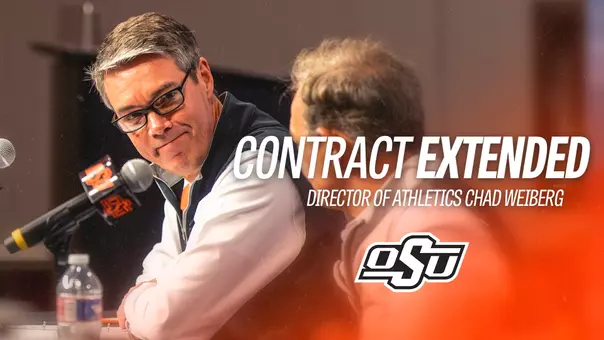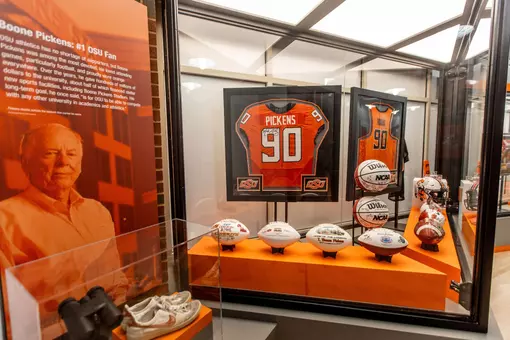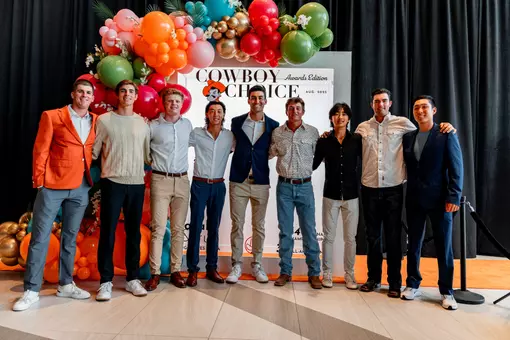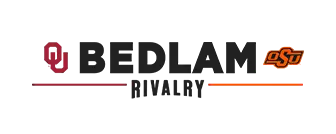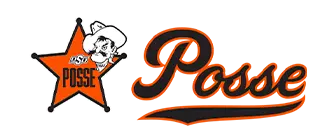Oklahoma State University Athletics
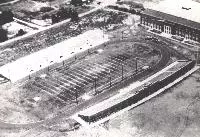
Stadium History
January 15, 2004 | General
Boone Pickens Stadium, the home of Oklahoma State Football, is a far cry from what the student body expected when they were renaming the field before the 1914 football season.
In 1914, the student body named the “Athletic Field” after Lowery Laymon Lewis. A former dean of veterinary medicine and of science and literature from Oklahoma A&M, Dr. Lewis was one of the most popular figures in the school's history.
In addition to his duties as dean and instructor at A&M, Lewis served as the school's acting president in 1914. He was instrumental in the development of experimental stations around the state and, under his brief administration, A&M established the first school of commerce and marketing in the nation.
"Doctor Lew" was highly respected by the school's student body, which named what was Lewis Field in his honor prior to 1914. The university's first yearbook was also dedicated to Dr. Lewis in 1914. While the playing field bore his name (thus two references as Lewis Field and Lewis Stadium), the first grandstand seats were installed in 1920 with 8,000 seats available. The facility originally was positioned in the traditional north-south direction, but switched to east-west to avoid the strong prevailing winds.
The first addition to the stadium came in 1924 with the first steel and concrete portion of the current stadium built on the south side. During the 1929-1930 seasons, 8,000 permanent seats were built on the north side for an overall capacity of 13,000. In 1947 the south stands were increased from 20 to 53 rows and capacity climbed to nearly 30,000. For the first time, a permanent press box was then added.
Prior to the 1950 season, 10,600 more seats were added to the north stands, increasing capacity to 39,000 (including temporary endzone bleachers). The next expansion started after the 1971 season and included the removal of the cinder track, lowering the field 12 feet and adding 20 rows of permanent seats to both sides. This expansion, including a completely artificial turf field, cost $2.5 million and was financed through private donations.
Construction of a press box was completed in 1980 at a cost of $1.8 million. The press box has seating for more than 200 members of the print media, with separate levels for radio/television broadcasters, photographers and VIP seating on the first level capable of handling 300. A lighting system for night games was installed in time for the 1985 season and cost approximately $750,000.
During the 2003 football season, the stadium's name was changed to honor on outstanding OSU alum, Boone Pickens.
Pickens, a
Upon leaving
During the 2003 football season, OSU broke ground on a proposed $86 million upgrade to Boone Pickens Stadium which will include an attractive brick exterior to match the modified Georgian architecture of the OSU campus. When connected to the
The all-time attendance record for Boone Pickens Stadium is 51,458 for the Bedlam game in 1979.


